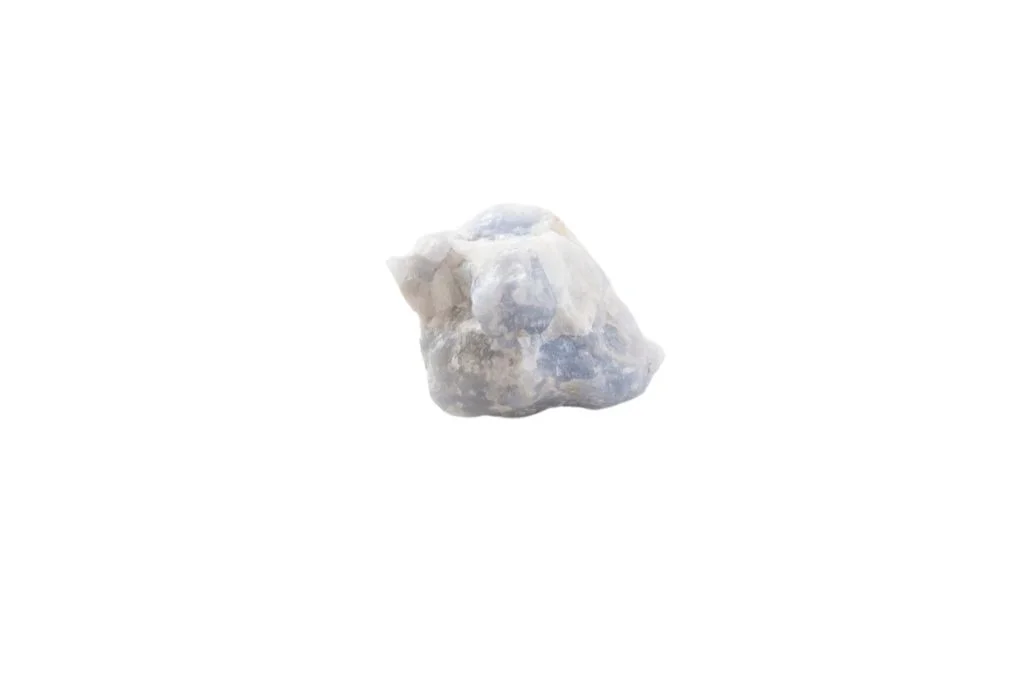Color and Appearance of Afghanite
Afghanite is a stunning mineral known for its vibrant blue color, which can range from a soft sky blue to a deep, rich royal blue. This eye-catching hue is one of the most distinctive features of afghanite, making it highly prized among mineral collectors and gemstone enthusiasts. The intensity of the blue color can vary depending on the specific specimen and its origin.
Crystal Structure
Afghanite belongs to the hexagonal crystal system, typically forming prismatic or tabular crystals. These crystals often exhibit a unique combination of hexagonal and dodecagonal (12-sided) faces, creating a complex and visually interesting structure. The mineral’s crystals can range in size from small, needle-like formations to larger, more substantial specimens.
Physical Characteristics
One of the most notable physical characteristics of afghanite is its perfect cleavage in one direction, which contributes to its distinct appearance. The mineral has a vitreous to resinous luster, giving it a glossy, glass-like shine when polished. Afghanite typically has a hardness of 5.5 to 6 on the Mohs scale, making it relatively soft compared to many other gemstones.
Unique Features
What truly sets afghanite apart is its rare occurrence and limited geographic distribution. The mineral was first discovered in Afghanistan, hence its name, and is still primarily found in this region. Its scarcity, combined with its striking blue color, makes afghanite a highly sought-after mineral for collectors. Additionally, afghanite sometimes occurs in association with other rare minerals like lazurite and sodalite, creating stunning mineral assemblages that are prized for their scientific and aesthetic value.
Afghanite Historical and Cultural Significance
Afghanite, a rare blue mineral, has limited historical and cultural significance due to its relatively recent discovery in 1968. Named after its country of origin, Afghanistan, this gemstone is primarily valued for its striking blue color and rarity. While not as well-known as other blue gemstones like sapphire or lapis lazuli, afghanite has gained recognition among mineral collectors and gemstone enthusiasts in recent decades.
Metaphysical Associations
In the realm of crystal healing and metaphysical practices, afghanite is believed to possess various beneficial properties. It is thought to enhance mental clarity, promote emotional balance, and facilitate spiritual growth. Some practitioners associate afghanite with the throat and third eye chakras, claiming it can improve communication skills and intuition. Additionally, this stone is said to encourage honesty, self-expression, and inner peace.
Common Uses and Applications
Afghanite’s primary use is in the gemstone and mineral collecting community, where it is highly prized for its rarity and unique appearance. Due to its limited availability and often small crystal size, afghanite is not commonly used in mainstream jewelry. However, some artisanal jewelers incorporate this gemstone into custom pieces for those seeking rare and distinctive adornments. In metaphysical practices, afghanite is often used in meditation, energy healing sessions, and as a tool for personal growth and self-discovery.
Benefits and Healing Properties
Proponents of crystal healing attribute several benefits to afghanite. It is believed to alleviate stress, anxiety, and negative thought patterns, promoting a sense of calm and inner peace. Some claim that afghanite can enhance problem-solving abilities and creative thinking, making it a valuable tool for those in intellectually demanding professions. Additionally, this gemstone is thought to support the respiratory system and aid in the treatment of throat-related issues. While these beliefs lack scientific evidence, many individuals find comfort and inspiration in working with afghanite for personal growth and well-being.

